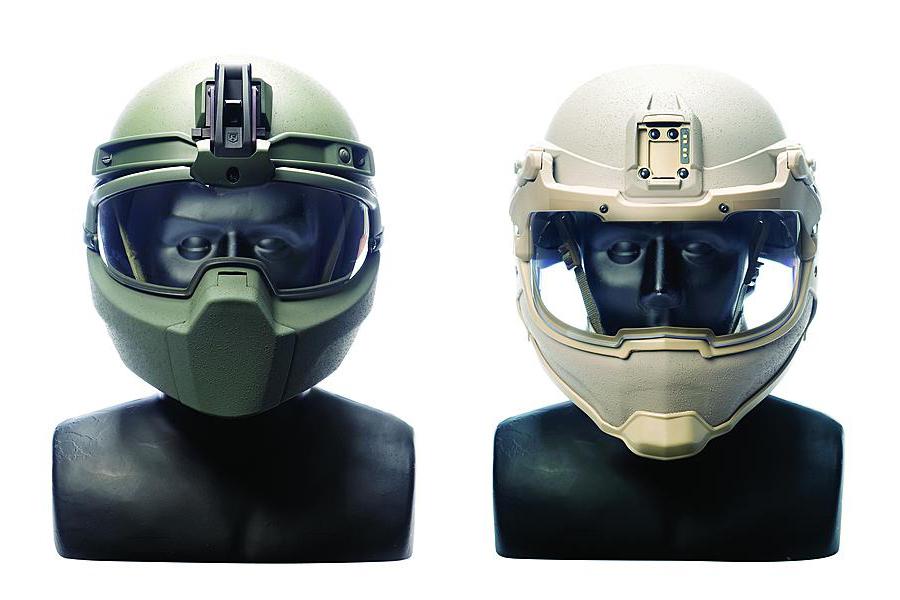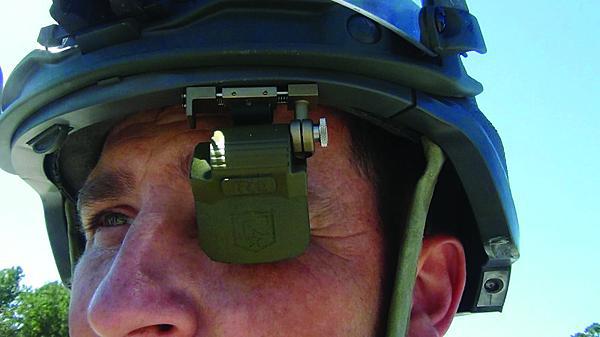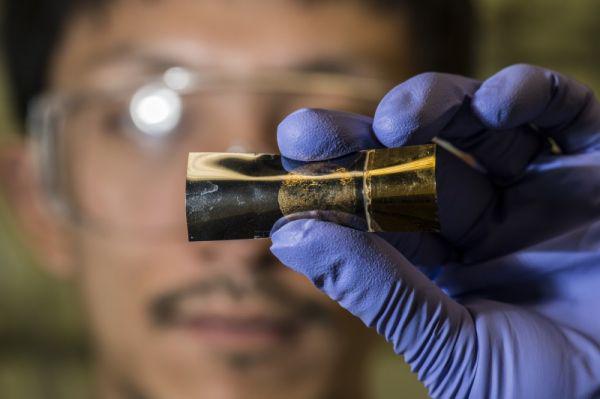A Eureka Moment Looms for Wearable Army Technology
U.S. Army engineers and scientists are working to eventually equip dismounted soldiers with wearable computers such as Google Glass. The up-and-coming wearables technology is being touted by officials as one of the next game-changers for warriors. So much of today’s computer technology was designed for a person sitting in a chair at a desk, whereas dismounted soldiers are in the field, walking around. Their fully loaded, capability offices need to be more mobile. “Given that same type of [office-centric] paradigm for presentation of material is not the best soldier experience,” says David Darkow, supervisor of mission information for the U.S. Army Natick Soldier Research, Development and Engineering Center. “So we’re very hopeful with a wearable, head-mounted technology, and the see-through display technology now becoming available, that we can have more of a direct experience for the soldier to give them the optimum information flow and protection for items that are in their environment.
“When we talk to dismounted soldiers in the field, they’re very interested in knowing ‘where am I at, what’s the route I’m walking on, where are my buddies, and where are other points of interest’,” Darkow continues. “Right now, they have a Google-map type display that is somewhat abstractive. If we can get to a head-mounted display that is see-through, now we can actually put in the direction that they’re looking that same symbology so there’s not an abstract translation that they have to do in their head.”
This “augmented reality” could be similar to what television NFL viewers see when sportscasters call a game: one drawn line denoting the line of scrimmage and another the team’s 10-yard objective, topped with the routes the players have already run. Instead, soldiers might see overlaid graphics that mark a route free of roadside bombs, or where a suspected sniper is perched, or pinpoints marking their fellow platoon members—all on a head-up display.
The U.S. military is tinkering with equipping troops with wearables, small portable computers or advanced electronics that work while affixed to the body or clothing that leave users’ hands free. A handful of budding technologies exist as the military tromps toward enlarging its inventories of lightweight, high-performance, long battery life wearable devices. Air Force Research Laboratory researchers, for example, are analyzing human performance augmentation (HPA) devices that track health statistics using wearable biosensors via affixed flexible patches with integrated sensors. And already, the Army has fielded for testing the Nett Warrior system, off-the-shelf Android smartphones that—for now—have had their commercial cellular and Wi-Fi capabilities disabled; allowing soldiers to soldier with chest-mounted, smartphone technology they already know how to use from everyday life, says Jason Regnier, Nett Warrior deputy product manager.
The smartphones, with downloaded, mission-specific apps for varying military occupational specialties where applicable, for now operate solely via military radios, which hamstrings the smartphones’ potential—such as letting soldiers send or view video. But the move forward would re-activate cellular and Wi-Fi capabilities, Regnier says. “The eureka moment is coming up here soon. The most important thing is going to be 4G LTE,” Regnier forecasts on the standard for wireless communication of high-speed data for mobile phones and data terminal. “When this is turned on, it’s going to change everything about how this (Nett Warrior) functions. It is the single most important thing that is going to happen. This will become what the soldiers want to see, what they expect.” The U.S. Army has fielded about 6,500 systems thus far in its testing and low-rate production phase. Testers hope to have Wi-Fi and cellular features restored to phones by 2016.
The military is relying heavily on ready-available technology in the commercial sector and its wearables market that can bring in an estimated $5.8 billion by 2018. “Leveraging commercial products to their greatest extent has been a new mindset for us over the last three to five years, and so we’re currently using a number of android smartphones pieces to do that on the wearables side,” Darkow said.
The standardized “plug-in architecture” allows flexibility so that other components might be added, and the memory is enough so that varying apps can be downloaded. Nett Warrior, with a budget upwards of $80 million a year, is experimenting with varying language apps, for example, that would let a soldier translate right on the battlefield. A medical app would track wounded or sick patients from the first moment they begin receiving medical care. A sniper ballistic calculator could let a soldier input weather conditions, wind speed and target distance to better plan a sniper hit.
The U.S. Marine Corps and special forces, along with the military from the United Kingdom, expressed interest in the Nett Warrior as their handout solution, Regnier says.







Comments